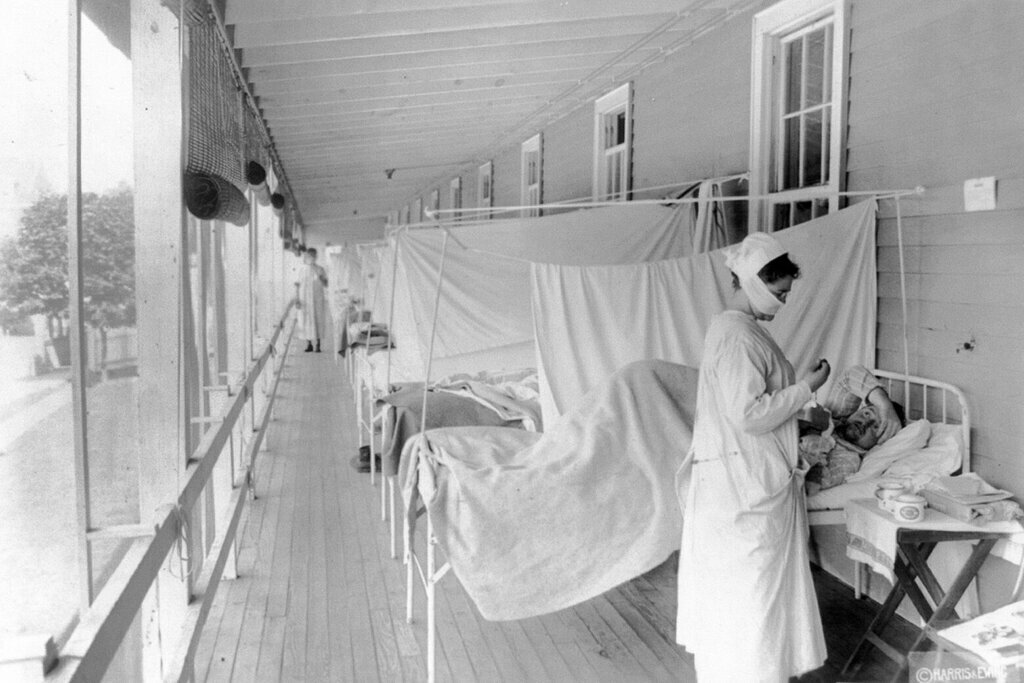
Politicians and members of the media have repeatedly used the adjective “unprecedented” to refer to the 2020 election during the COVID-19 pandemic, but that is not necessarily historically accurate, as the U.S. has held elections during a pandemic before.
During the 1918 flu pandemic, the U.S. had midterm elections, with House and Senate members on the ballot during President Woodrow Wilson’s administration.
“For a historian, nothing is ever unprecedented,” said Virginia Tech history professor Tom Ewing.
The influenza pandemic lasted from 1918 to 1920, and was an unusually deadly pandemic caused by the H1N1 influenza A virus.
- Sign up for WTOP’s elections newsletter
- DC voter guide
- Maryland voter guide
- Virginia voter guide
- Presidential Election News
- Congressional Election News
- Local Politics and Elections News
“It is estimated that about 500 million people or one-third of the world’s population became infected with this virus,” according to the Centers for Disease Control and Prevention. The number of deaths was estimated to be at least 50 million worldwide, with about 675,000 deaths in the U.S.
According to the CDC, one of the main differences, when compared to the current pandemic, was the fact that with the 1918 flu, mortality was high in people younger than 5 years old and those between ages 20 and 40.
Another striking difference was that the federal government’s role in controlling the 1918 pandemic was much less significant than it is currently with the COVID-19 pandemic.
“They made some statements and offered some guidance, but the president did almost nothing,” Ewing said. “That just was not the role of the president in the early 20th century.”
State and local health officials were the main leaders in releasing guidance and developing a response in 1918.
Health regulations were not politicized in the way that they are now. “When people disagreed with a policy, they didn’t say it was because so-and-so was a Democrat or a Republican,” Ewing said.
Still, the 1918 and 2020 elections do resemble each other in several ways. Back in 1918, some communities required voters to wear face masks, and large public gatherings had to be canceled.
“You can see some of the similarities to what we’ve seen,” Ewing said.








